Geography field trip to Leeson House
As part of the new specification students must partake in geographical fieldwork. Owen Thomas in 11Ash explains what we got up to on the trip this year. On Monday 30th September,...
Filter by Category
Filter by Author










































































































































































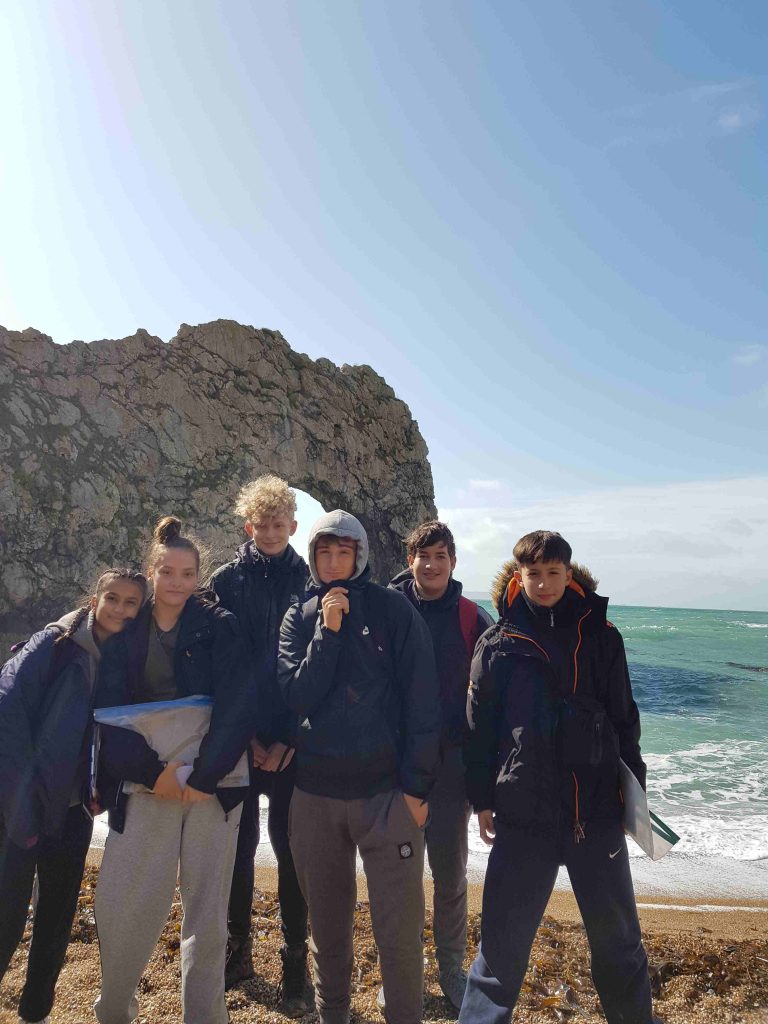
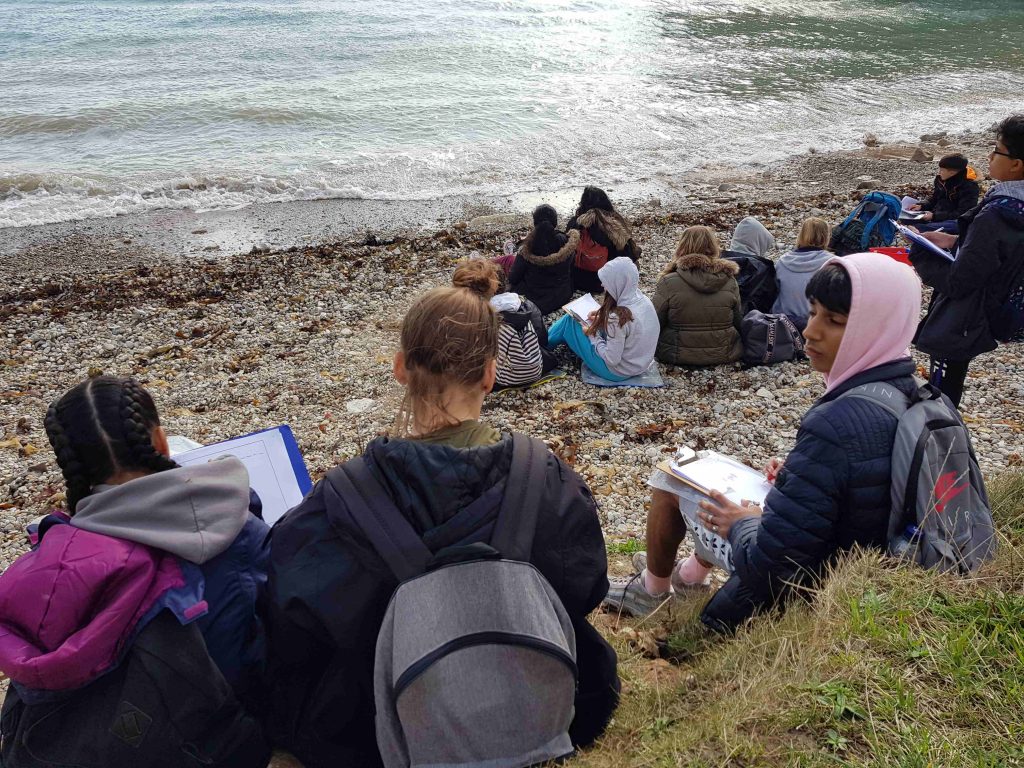
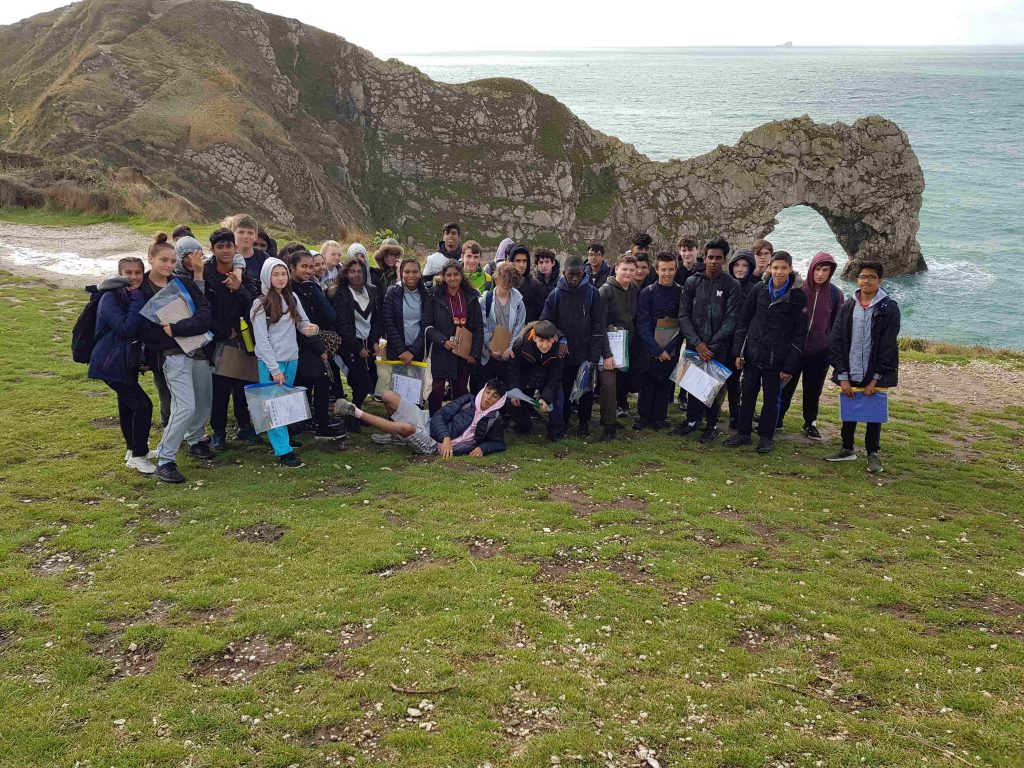
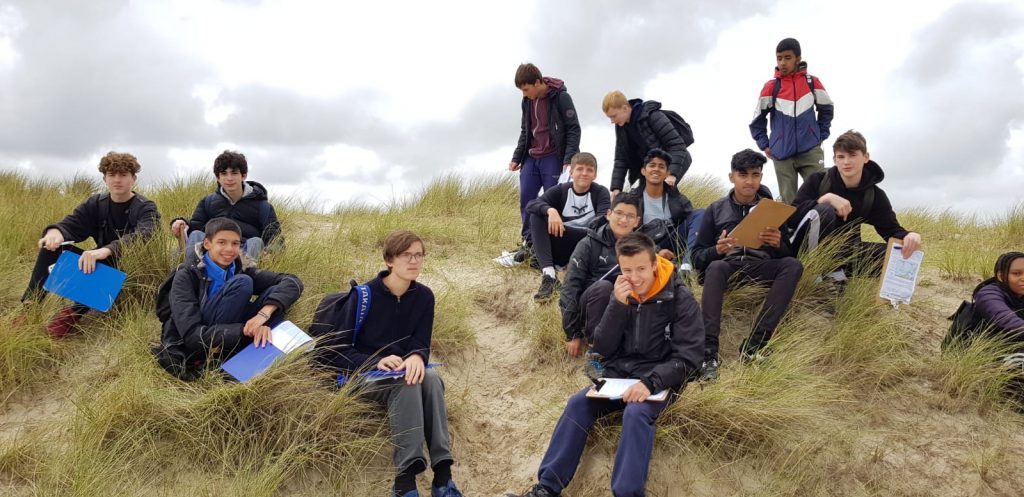
On Monday 30th September, we all arrived at Bushey Meads very early and left at 07:30. We had a nice coach ride down and arrived at around 11:00. After we arrived, we put our bags into the games room and we had a lesson. The lesson was preparing us for our trip that we were going to go on. After the lesson, we had lunch and then we went to Studland Bay. When we arrived, the weather was quite cloudy. We did our first field work where we had to measure the distance of 10m between two poles and investigate. We did this on sand dunes. First, we measured the wind speed at each point and then we would check the ground temperature. We then measured the angle from one pole to another using a clinometer. We also measured how many types of plants there were using a quadrat. It was a very enjoyable experiment.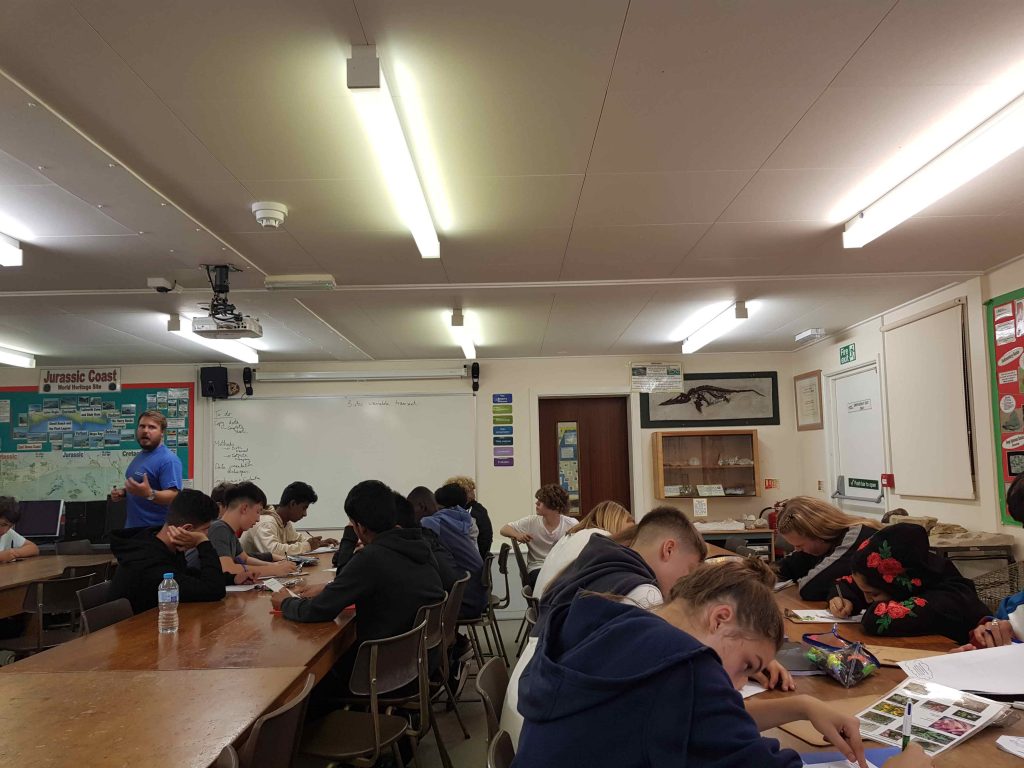
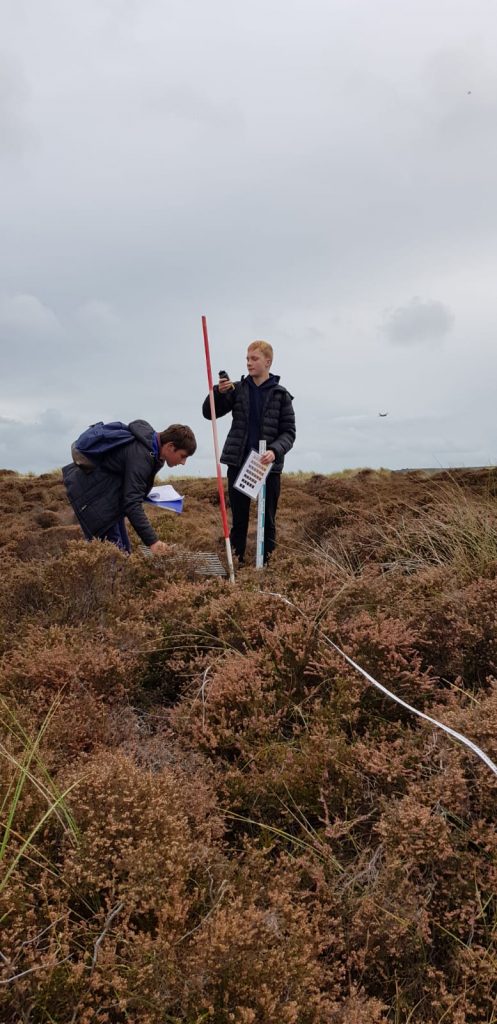
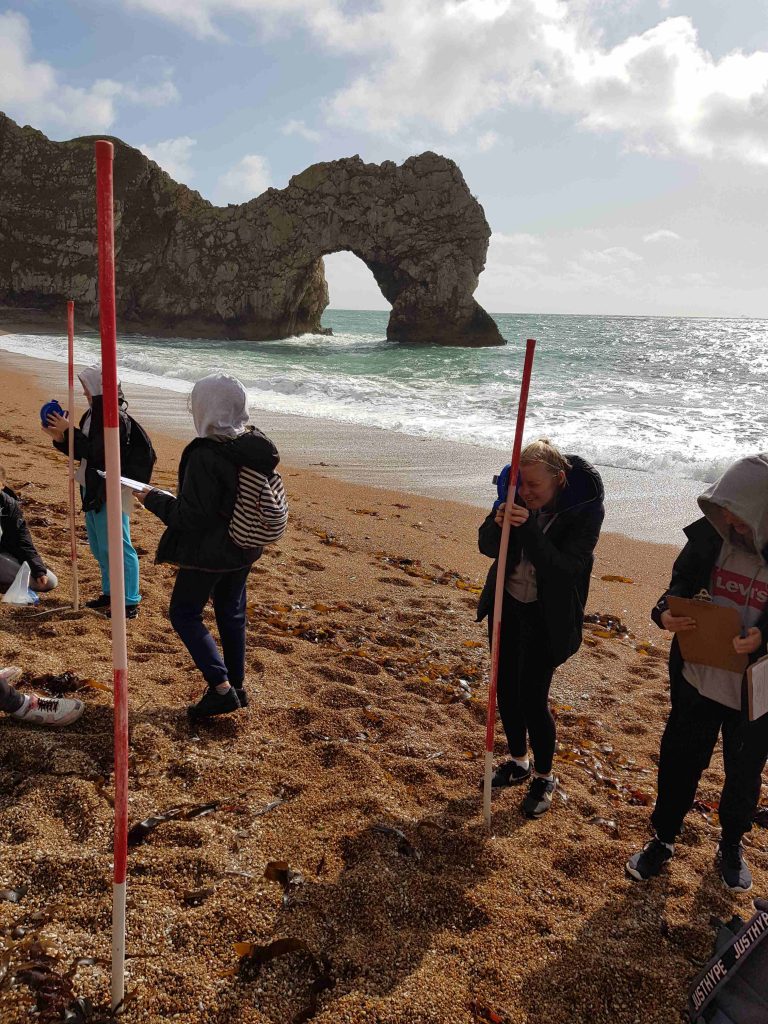
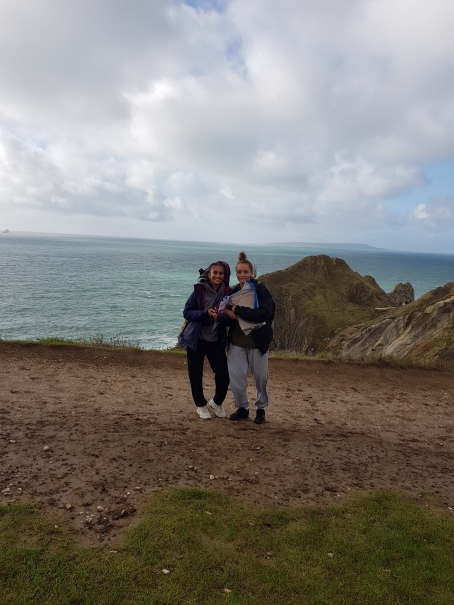
After, we measured the height and width of the paths 550m, 250m and 50m away from the car park. This told us how trampling affects the width of the sand dune. We found out that the closer you were to the car park, the wider the path was because more people walk closer to the car park. Afterwards, we headed back to the hotel. We all went to our rooms and then had dinner. After dinner we had a lesson to summarize what we did that day. We also looked at the limitations and methodology to the field work that we did. We then had a well deserved rest and then we went to bed.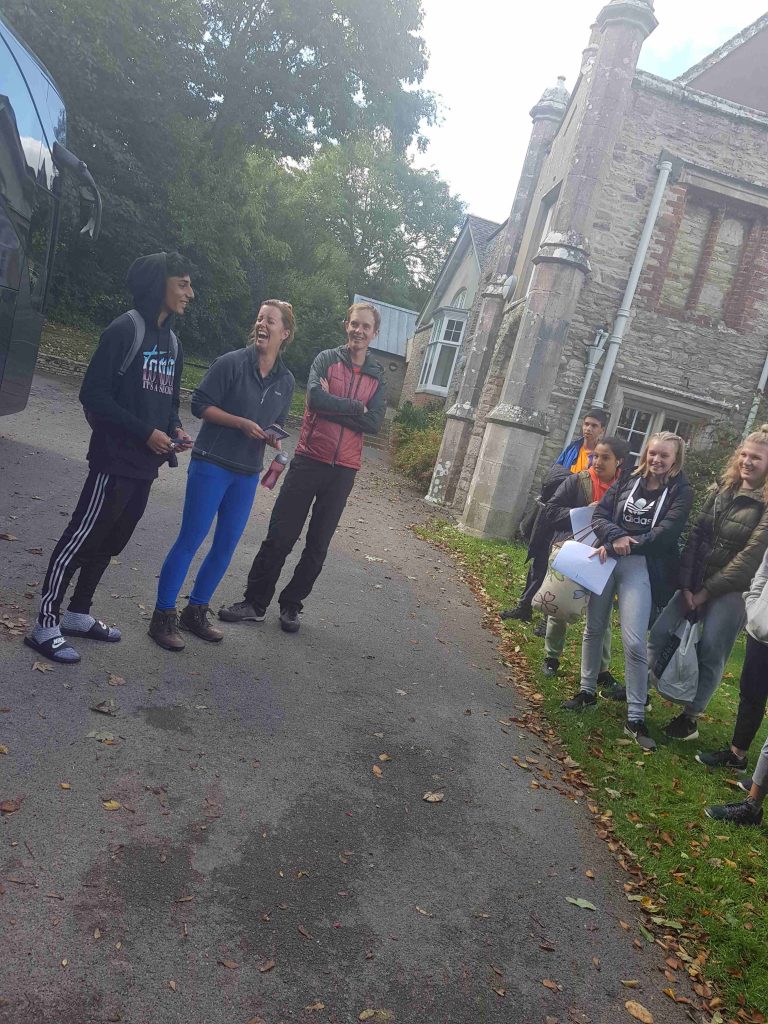
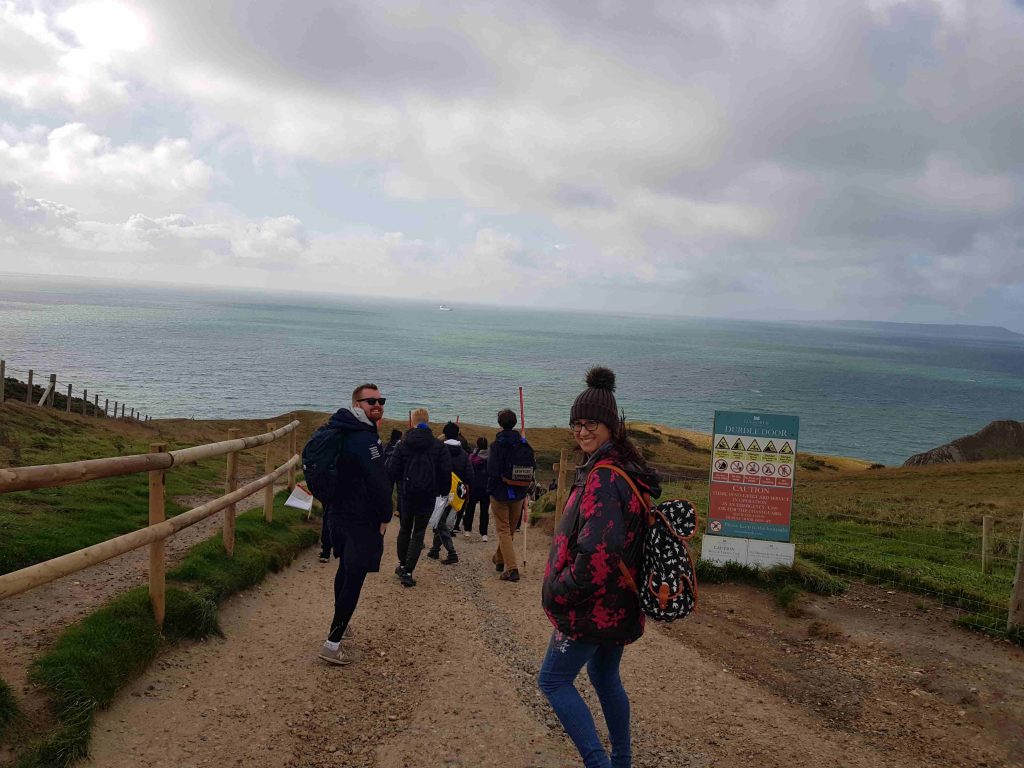
On Tuesday, we woke up and had breakfast at 08:15. We had our morning lesson and then we went to one of the most iconic places in the Jurassic Coast. We went to Durdle Door. When we were there, we looked at two different beaches. First, we went to Durdle Door and we had to check to see how many waves there were per minute. If there were under 8 waves per minute then it would be constructive however, if there were over 9 waves per minute that would mean that they are destructive waves. We then checked to see the rocks. We put a handful of rocks on the back of our clipboard and then kept the 10 closest to the centre of the clipboard. We had to measure it using a calliper. After, we had lunch then did the same experiments on a nearby beach called Man o War. After that, we walked up and down the cliff to get to Lulworth Cove. We then had some free time and after we went back to the hotel. We had a break before dinner then had our evening lesson. We then went to bed after a long day.
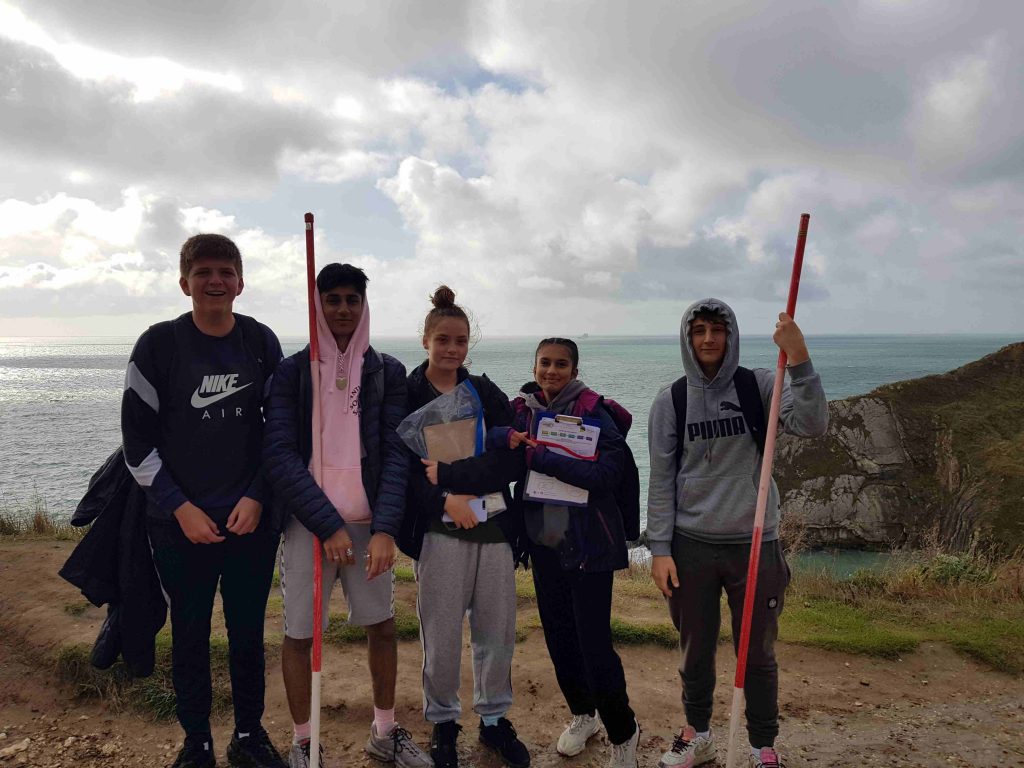
On Wednesday, we went to Swanage Bay for the morning. We measured the height of the groynes on the beach using a meter stick. We did this experiment to see how groynes separate the north and south side of it. We also measured the width of the beach from where the tide was to the end of the beach. After, we drew a sketch of Swanage Bay and had some free time. We then went back to the Hotel and then onto Bushey Meads.
I really enjoyed the trip. It was much better than what I expected, the field work was very fun and we visited some lovely places.
The trip would not have been possible without the help of the staff at Leeson House, our staff and the pupils who were incredibly behaved and enthusiastic the whole trip, despite the rain.
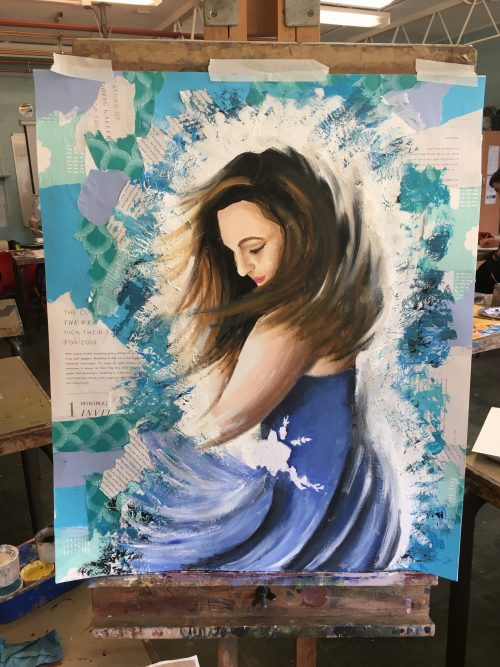
This was Christina’s (11W) amazing Art GCSE creation produced during the recent 2 day Art exam on the theme of Fragments. It wasinspired by her older sister who is getting married...
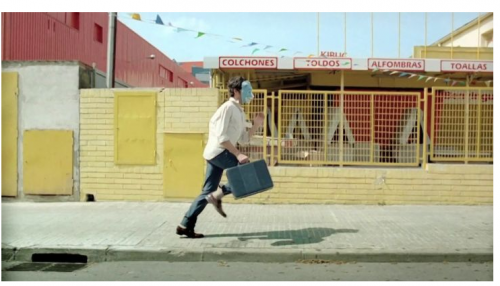
On Wednesday 11th March, 32 year 9 Spanish students went to The Stables theatre in Milton Keynes to participate in an interactive Spanish Film Day. In the morning, students...